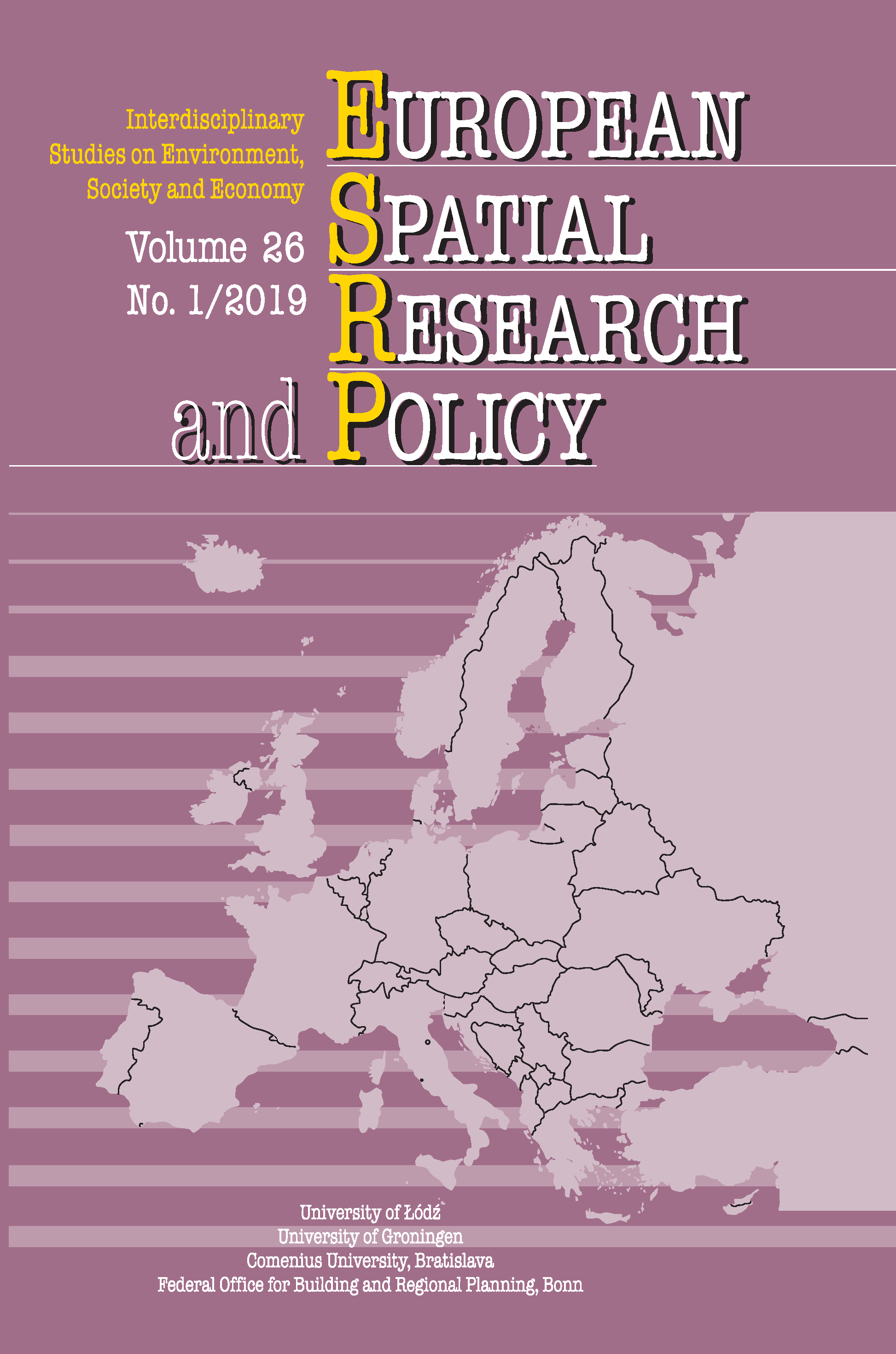Why do skilled people migrate to cities? A spatial econometric analysis for understanding the impact of the social environment on the attraction of human capital to cities in Turkey
Why do skilled people migrate to cities? A spatial econometric analysis for understanding the impact of the social environment on the attraction of human capital to cities in Turkey
Author(s): Dilcu GONUL, Gulden ERKUTSubject(s): Migration Studies, Socio-Economic Research
Published by: Wydawnictwo Uniwersytetu Łódzkiego
Keywords: Human capital;human capital attraction;relational approach;spatial econometrics;Turkey;regional development;spillover Effects
Summary/Abstract: The main focus of this study is on understanding the importance of social dynamics of cities for attracting human capital to urban regions. The principal research question of the article is “if there is a spatial dependency on neighbouring provinces’ social environmental qualities in human capital attraction for Turkey.” It is believed that developmental disparities among regions can be overcome with a balanced distribution of human capital. In this article, first the concept and importance of human capital and its evolution throughout economic history are explained in order to emphasize the relationship between development and human capital for urban regions. The literature review consists of migration models developed and used in previous studies and recent literature that together consider human capital and its flow with spatial analysis. A review of migration models helps structure the quantitative models’ building blocks, or the concepts to be quantified. Literature that discusses human capital and spatial analysis, at the same time, guides the study in implementing the most appropriate analysis technique. The literature discussed in the paper is focused on human capital migration and urban attractiveness. Its similarity with the current study work is the focus on the relationship between urban environment components and human capital. However, the cited studies lack the “spatial/relational” approach to urban regions which means that the effects of developments in settlements neighbouring the region were ignored. The contribution which we intend to make with the current study is to adapt the spatial econometric analysis to the problem of human capital attraction. Literature review is followed by data used in the empirical part of the study, and brief information on spatial econometric analysis. Next, findings of the empirical spatial econometric analysis of Turkey’s 81 urban regions are provided. Overall, the analysis indicated that undergraduate and post-graduate migrants care about the social prosperity of the neighbouring environment of destination province. The last part concludes with an interpretation of empirical study findings and discusses relevant urban and regional policy instruments.
Journal: European Spatial Research and Policy
- Issue Year: 26/2019
- Issue No: 1
- Page Range: 127-148
- Page Count: 22
- Language: English

